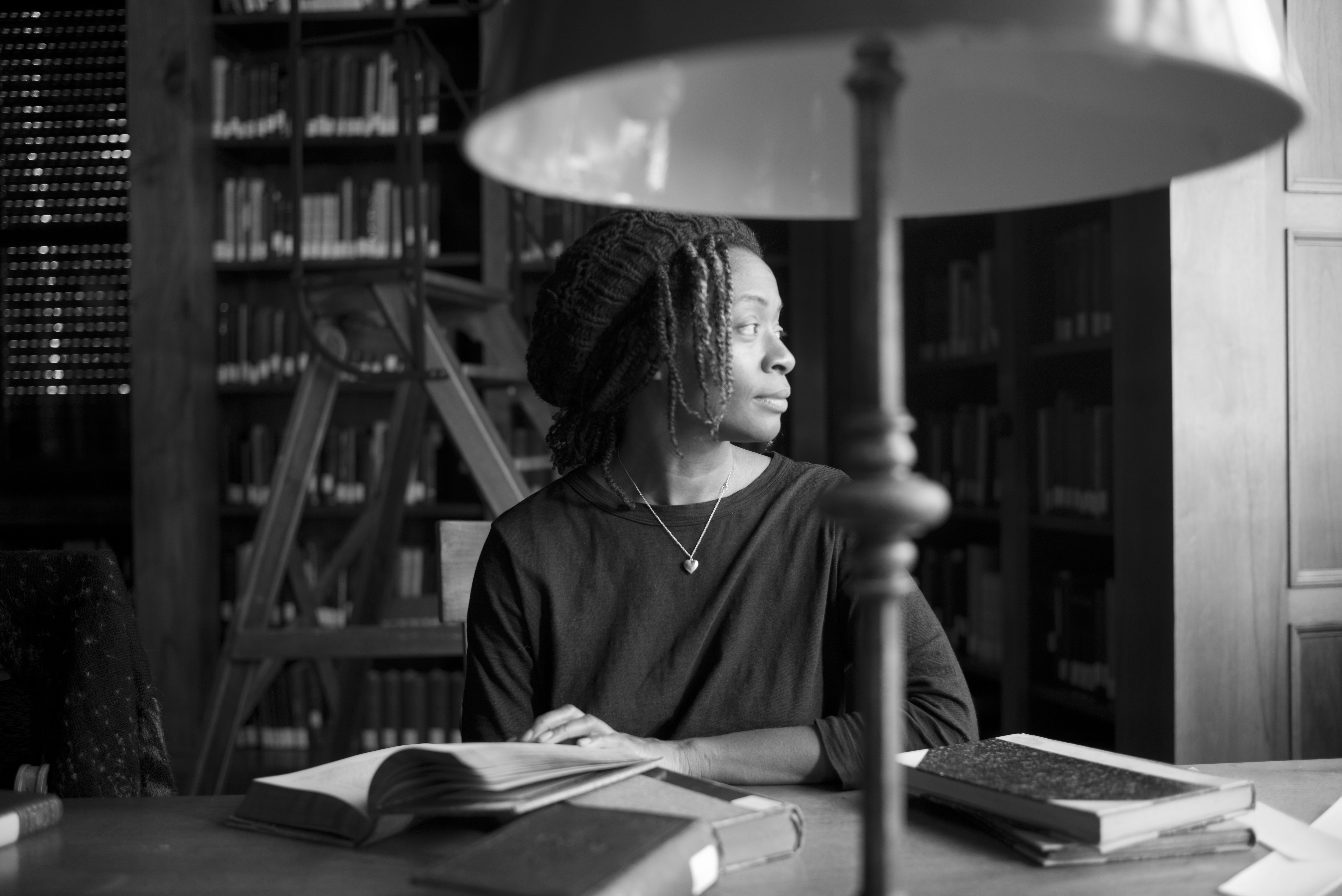CYCLORAMA
The installation of The Jubilant Martyrs of Obsolescence and Ruin on a curved wall, surrounding and enveloping the viewer, borrows its form from panoramic paintings that were popular in the 1800s. The Battle of Atlanta (1886), better known as the Atlanta Cyclorama, represents a surviving example of this format. It carries a multilayered history, serving first as a traveling entertainment, then as a symbol of the so-called Lost Cause supporting the Confederacy, and now as a lens through which to view Atlanta's complicated relationship with the Civil War.
Painted in Milwaukee by a group of German artists, the massive painting depicted a crucial victory for the Union Army. The painting toured the country, its colossal scale immersing viewers in the events that unfolded across its surface. As the painting reached the southern states, promoters shifted the rhetoric around the events it depicted, now claiming it represented a Confederate triumph. In 1893, while the Cyclorama was in Atlanta, the financial backers ran out of funds and sold it. It has remained in the city ever since.
In 2014, a group of public and private supporters announced the move of The Battle of Atlanta from its longtime home in Grant Park to the Atlanta History Center. The painting underwent extensive conservation and research to ready it for public view.

















